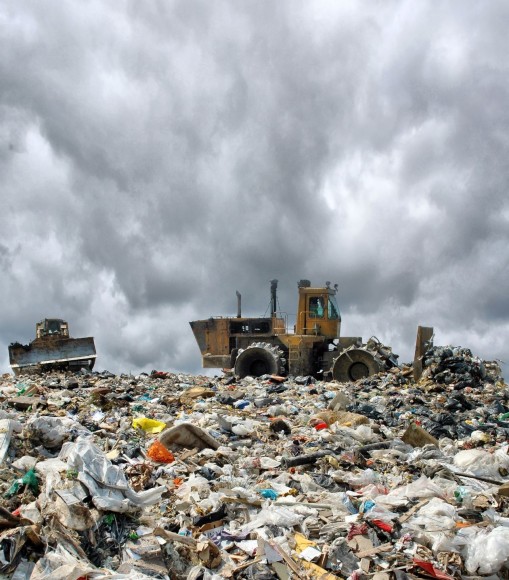In a recent report, the UK International Underwriting Association (IUA) provided several useful illustrations of the potential environmental exposures facing all kinds of businesses. These scenarios have one thing in common. They highlight the fact that criminal fines are really just the tip of the iceberg when it comes to the costs associated with an environmental incident.
Businesses are worried about environmental fines for a variety of reasons:
A fine is proof that somehow pollution prevention and protection systems, which may have taken years to build, have failed.
It is embarrassing from a reputation point of view.
It is an unanticipated cost that directly affects the business’ bottom line.
But any analysis that purely focuses on the financial consequences of a regulatory penalty risks missing the overall impact.
Over the past decade, environmental regulations have been strengthened in several jurisdictions around the world. China is just one in a long line of countries that has recently strengthened its environmental enforcement framework.
For the most part these rules follow the “polluter pays” principle.
The Polluter Pays… for What Exactly?
This begs the question: the polluter pays for what and to whom?
Third-party indemnification, such as neighboring populations which suffer from exposure to the gradual release of carcinogens, is one of the first risks to consider. Under tort or civil laws businesses who become the victim of a spill on their land that causes disruption are also entitled to claim compensation.
Secondly, with the introduction of the ecosystems restoration concept, statutory remediation is no longer limited to clean-up of the damaged area. Businesses are required to restore the environment back to the “baseline” where it was before, and to compensate for interim or irreversible losses.
These compensation schemes employ new types of valuation models that have barely been tested in Europe. Similar liabilities have, however, been in place for a long time in the U.S. and those who have had to bear them have the scars to prove it.
Companies should also consider disruption to their own processes, which stem from a pollution event. When regulators issue an emergency stop order during an investigation or a site remediation, for example, there may be considerable lost production and income before the operation can start up again.
Given all these risks and the highlights of the IUA report, now is probably a good time to think about transferring environmental risks. Affordable and broad cover is currently available from specialist environmental insurance markets for what is anticipated to be complex, long and costly proceedings.
Topics Pollution
Was this article valuable?
Here are more articles you may enjoy.



 Expense Ratio Analysis: AI, Remote Work Drive Better P/C Insurer Results
Expense Ratio Analysis: AI, Remote Work Drive Better P/C Insurer Results  Florida OIR Triples the Size of Citizens’ Rate Decrease
Florida OIR Triples the Size of Citizens’ Rate Decrease  LA Fire Survivors Got a Rude Surprise That Could Hit More Americans
LA Fire Survivors Got a Rude Surprise That Could Hit More Americans  DoorDash, Uber Cost Drivers $550 Million in Tips, NYC Says
DoorDash, Uber Cost Drivers $550 Million in Tips, NYC Says 


